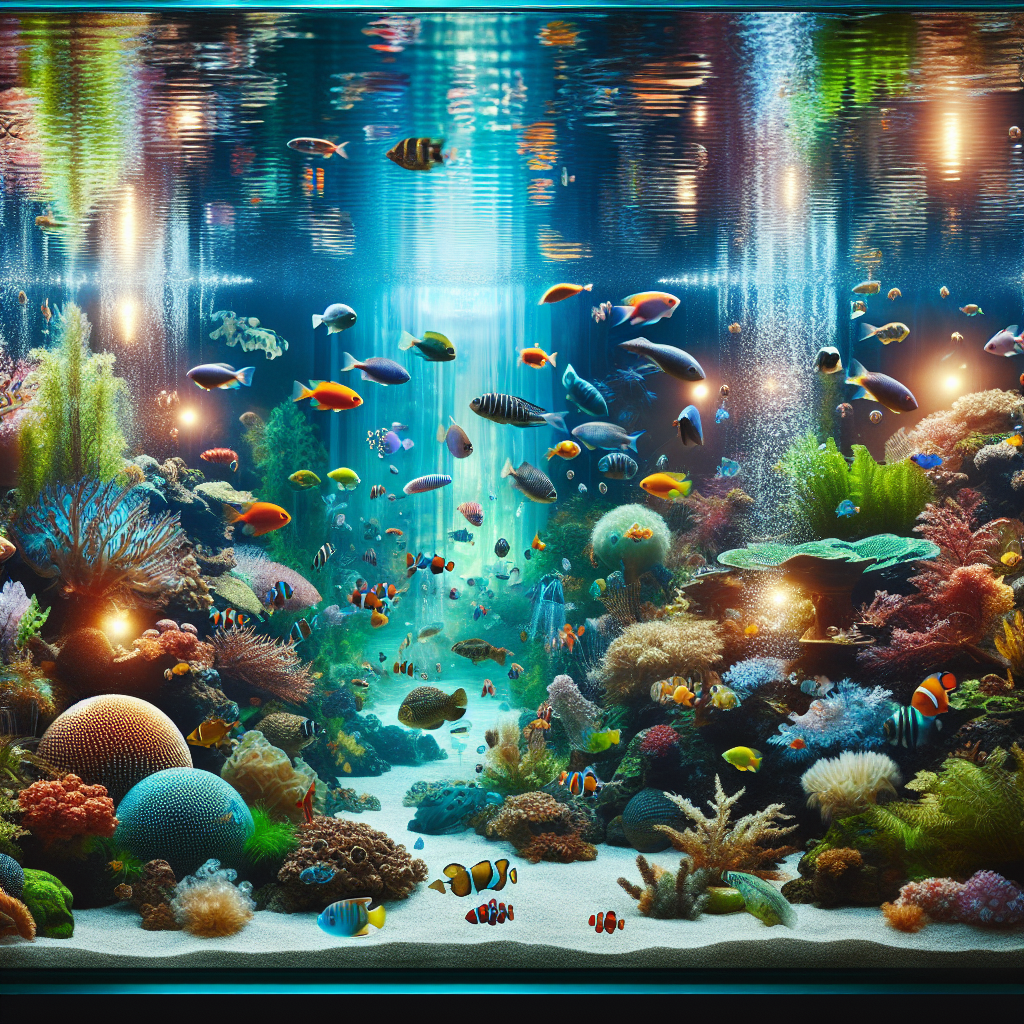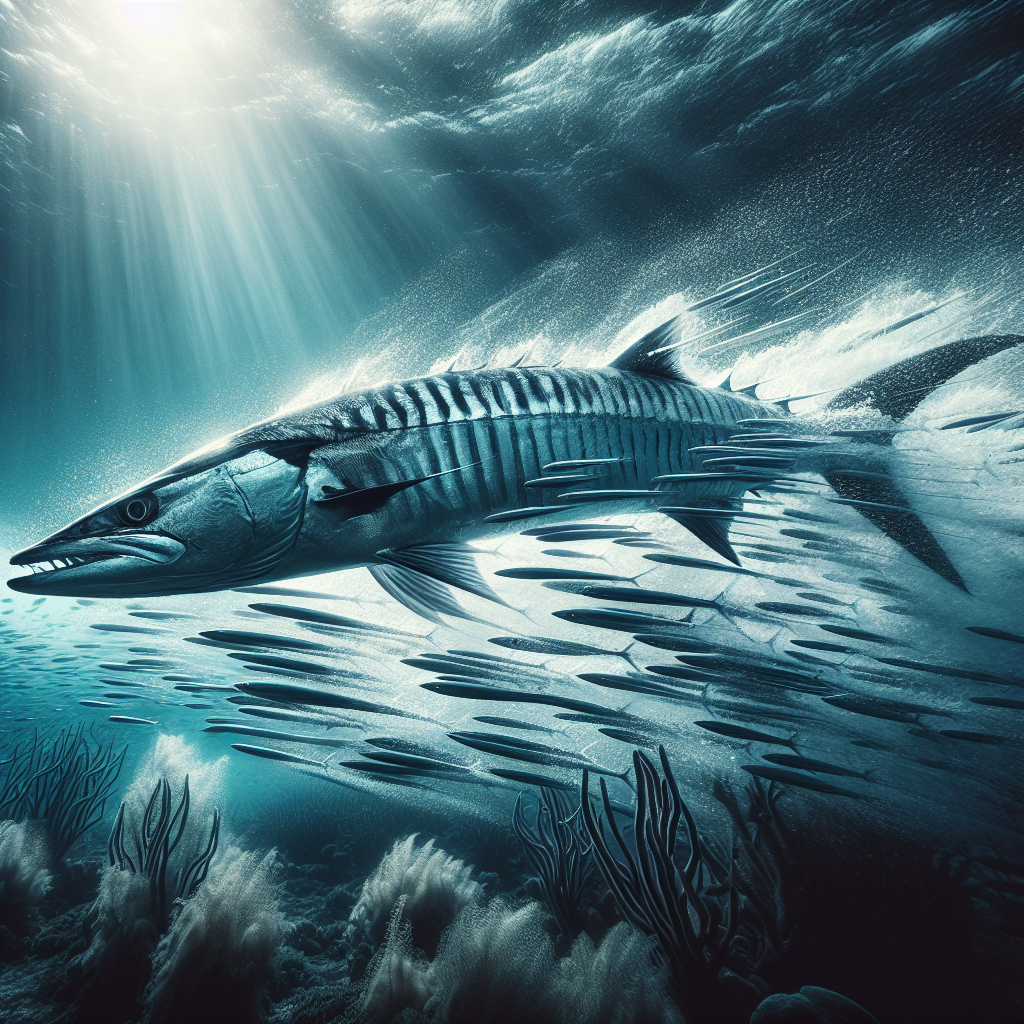Graceful Swimmers
Imagine the serene beauty of an aquarium, where colorful fish glide through the water, each with a unique way of moving that adds to the ballet beneath the surface. Understanding the locomotion and swimming patterns of underwater creatures not only fascinates but can also enhance how we care for and appreciate these aquatic wonders.

Motion in the Ocean
Fish swim by flexing their bodies and tails back and forth, propelling themselves through water—a denser medium than air. This action requires different methods of locomotion, which are fascinating to observe and are often defined by the shape and size of the fish.
Swimming Styles Uncovered
Diverse species have evolved distinct swimming mechanisms suited to their environments. Let’s dive into some of the most notable ones:
- Anguilliform: Eel-like fish move with undulating motions engaging their entire body, ideal for navigating through crevices.
- Carangiform: Many fast swimmers like mackerels and tunas use just the latter half of their body for thrust, conserving energy while achieving high speeds.
- Ostraciiform: Boxfish move by oscillating their fins rather than their body, resulting in a more stable but less speedy motion.
Fascinating Fin Functions
Fins play a crucial role in aquatic locomotion. Each fin has a particular function, balancing the need for speed, direction, and stability:
- Dorsal and Anal Fins: These fins prevent rolling and assist in sharp turns and stops.
- Pectoral Fins: Located on the sides, they help with maneuvering and braking.
- Pelvic Fins: Besides stabilization, these fins also aid in upward and downward movements.
- Caudal Fin: Also known as the tail fin, it’s the main source of propulsion.
Acceleration and Agility
Certain fish showcase bursts of speed and remarkable agility. Take, for example, the breathtaking acceleration of a barracuda or the sharp turns of a freshwater angelfish. These abilities are key for survival, aiding in both predator evasion and hunting for prey.

Marine Mammal Movement
Let’s not forget the impressive swimming capabilities of marine mammals. Dolphins and whales, for example, use their powerful tails, moving them up and down, to push through the water. The difference in motion, compared to the side-to-side motion of fish, is due to the mammalian spine's vertical bending capabilities.

The Art of Floating
Some aquatic creatures have mastered neutral buoyancy—maintaining a constant level in the water without sinking or rising. This is achieved through various adaptations, such as swim bladders in fish or oil-filled livers in sharks.
Watching Aquatic Ballet
For anyone longing to witness these amazing swimming patterns firsthand, an aquarium visit is the perfect outing. To capture some of these moments for your personal enjoyment, consider an underwater camera designed for such aquatic environments:
Swim Patterns on Display
To get a glimpse of the awe-inspiring movement of sea creatures, videos can showcase the grace and agility found within our world's oceans. Here are a couple of selected clips to bring the fluid dance to your screen:
Adapting to Environment
Swimming patterns are also significantly influenced by the type of environment a creature inhabits. Coral reefs, open oceans, and freshwater ecosystems each demand different styles and strategies for moving through their unique landscapes.
Endless Aquatic Wonder
From the wriggling motion of an eel to the fast-paced chase of a predator, the variety of swimming patterns in the aquatic world is nothing short of mesmerizing. The more we learn about these creatures, the better equipped we are to protect and conserve their habitats, ensuring that this underwater ballet continues for generations to come.
Learn more about the science behind fish swimming patterns and aquatic design on the COMSOL blog.